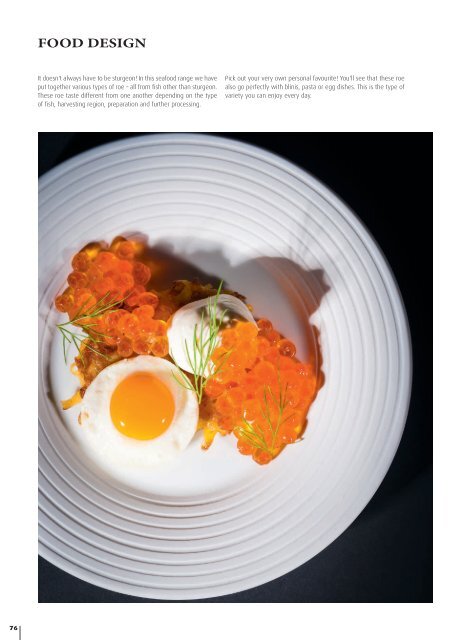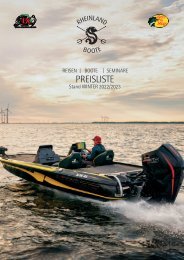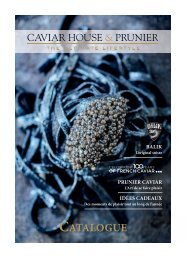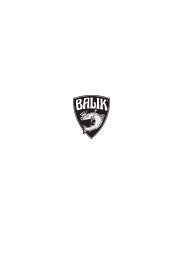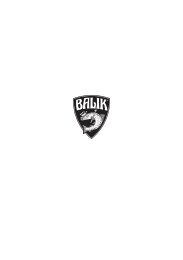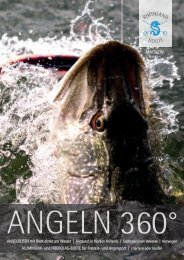Caviar House & Prunier Catalog 2020
Create successful ePaper yourself
Turn your PDF publications into a flip-book with our unique Google optimized e-Paper software.
FOOD DESIGN<br />
It doesn't always have to be sturgeon! In this seafood range we have<br />
put together various types of roe – all from fish other than sturgeon.<br />
These roe taste different from one another depending on the type<br />
of fish, harvesting region, preparation and further processing.<br />
Pick out your very own personal favourite! You'll see that these roe<br />
also go perfectly with blinis, pasta or egg dishes. This is the type of<br />
variety you can enjoy every day.<br />
Salmon Roe<br />
Wild-caught salmon from the Pacific region give us this mildly salted,<br />
soft-shelled roe with a light orange grain, which convinces with its<br />
extremely fine and intense flavour.<br />
FOOD DESIGN<br />
Trout Roe<br />
The medium roe comes from monitored aquaculture. It is also mildly<br />
salted. Connoisseurs appreciate its fresh flavour and firm grain. The<br />
natural colour of trout roe is golden to salmon-pink.<br />
Pike Roe<br />
This roe comes from wild-caught pike from the Volga. Its small, yellow<br />
grain is characterised by a very smooth flavour typical of the variety,<br />
which makes it very similar to sturgeon caviar. It is prepared directly<br />
in Astrakhan according to the Malossol method.<br />
Masago red<br />
Wild-caught capelin from Iceland is a trendsetter. It is very popular<br />
in Japan and is perfectly suited to sushi and sandwiches. Masago<br />
Red has a very pleasant soy flavour. Also available in green with<br />
wasabi flavour.<br />
Masago green<br />
Wild-caught capelin from Iceland. Masago Green gets its very spicy<br />
favour from Asian wasabi, a green variety of horseradish. Also available<br />
in red with soy flavour.<br />
Löjrem roe<br />
These are the only fish eggs taken from wild-caught fish in Western<br />
Europe. This rarity of Scandinavian or German origin is also known<br />
as whitefish caviar.<br />
Char roe<br />
This char roe is obtained by stripping char from the Lüneburger<br />
Heide.<br />
76<br />
77


